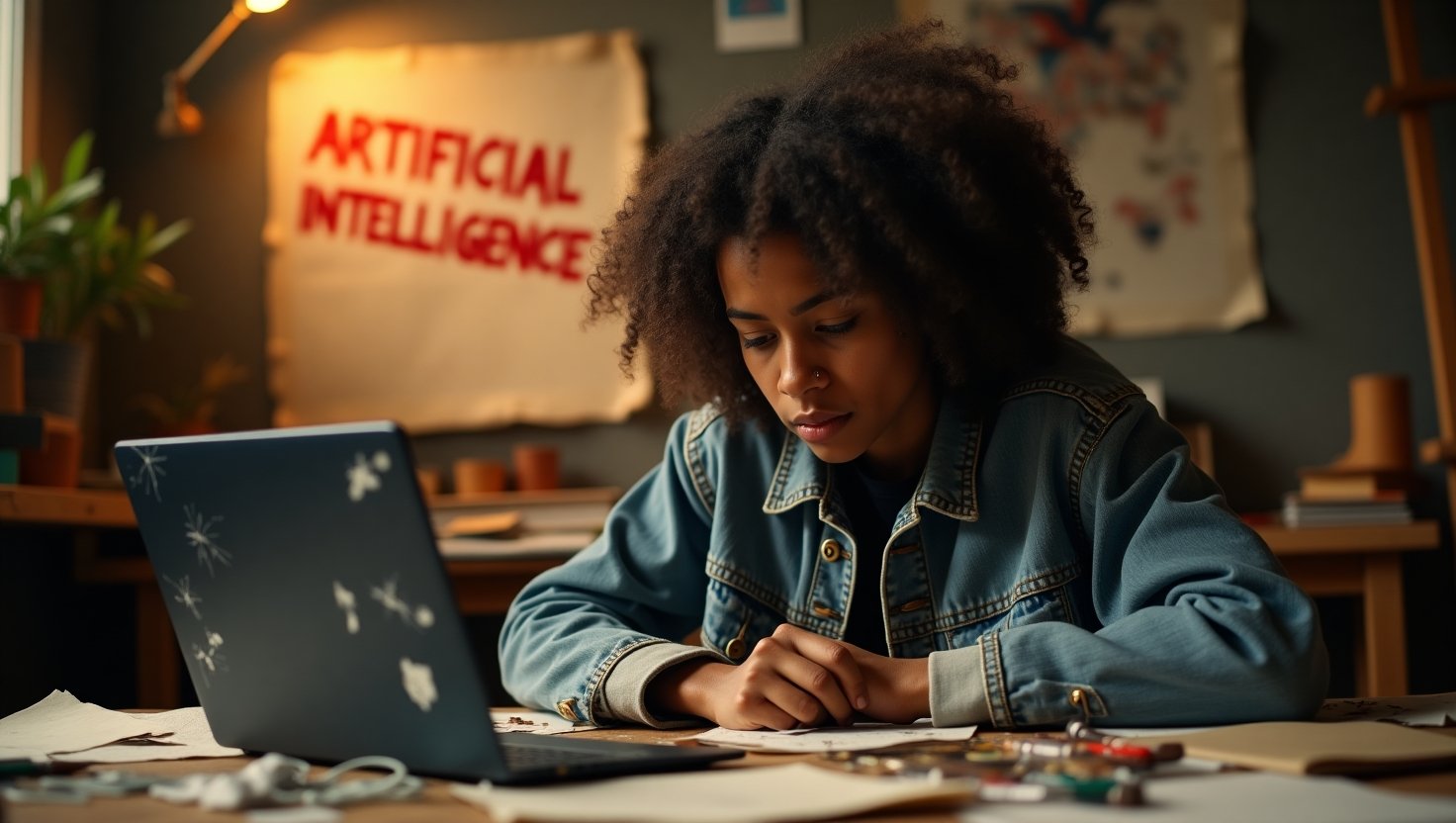How to Protect Your Art in a World of AI-Generated Content and Copyright Complexities
Introduction
In recent years, the creative landscape has been dramatically transformed by the advent of AI-generated content. From digital artwork to music compositions, artificial intelligence is now capable of producing artistic creations that were once solely the domain of human ingenuity. While this technological leap offers exciting new possibilities, it also brings the convoluted issue of AI copyright issues to the forefront of legal and ethical debates. Protecting creativity rights in this rapidly evolving environment becomes crucial, as artists and creators navigate the murky waters of technological innovation and intellectual property concerns.
—
Background
To fully appreciate the implications of AI on the art world, it is essential to understand key concepts such as generative AI and copyright. Generative AI refers to algorithms and models that can produce new content, from images to text, by learning from vast datasets. Meanwhile, copyright laws, which have evolved considerably since their inception, are designed to protect the intellectual property of creators, granting them exclusive rights to their original works.
Historically, world-renowned artists like Vincent Van Gogh and Salvador Dalí have benefited from copyright protections, which have ensured that their legacies remain intact. However, the emergence of AI-generated content challenges these longstanding legal frameworks. AI can mimic and generate artistic styles with unprecedented precision, muddling definitions of originality and ownership.
This challenge is highlighted in an article exploring the tension between generative AI and traditional copyright laws. The piece draws parallels to artists like Ed Sheeran and Joseph Schumpeter, who illustrate that creativity often stems from reinterpreting existing works[^1]. As such, the traditional legal system struggles to accommodate these new realities, leading to widespread AI copyright issues.
—
Current Trends
The influence of AI in creative fields is rapidly expanding, with AI-generated art gaining prominence both in digital spaces and physical galleries. A heated debate is ongoing regarding the ownership of these AI-generated works. Are they the intellectual property of the software developers, the data contributors, or the AI itself? This contention is reflective of a wider conversation on the nature of creativity, which notable thinkers have argued is a blend of existing ideas rather than pure invention.
Ed Sheeran, for instance, remarked, \”These chords are common building blocks … No one owns them or the way they’re played, in the same way no one owns the colour blue\”[^2]. Similarly, Joseph Schumpeter noted that \”Innovation is less about invention than the novel reassembly of existing ideas\”[^2]. These insights challenge the fundamental notions of creativity and ownership, spurring a reassessment of intellectual property laws in the age of AI.
—
Insights on Creativity Rights
As AI becomes a co-creator alongside human artists, the traditional concepts of ownership and authorship require redefinition. The implications for individual artists are profound, as their rights and revenues could be affected by the proliferation of AI-generated content. Current IP laws were not designed to account for inanimate creators, highlighting an urgent need for new legal frameworks that can accommodate these technological advancements.
The generative AI phenomenon can be likened to a new medium in the art world, much like the development of photography. Just as photography prompted a reevaluation of artistic processes and originality, AI is poised to reshape creativity rights. For today’s artists, understanding the impact of these changes is crucial to safeguarding their intellectual property and ensuring fair recognition of their contributions in a digital age.
—
Future Forecast
With generative AI’s expanding influence, a transformation in copyright laws is inevitable. Future regulations may need to address AI’s role as both a tool and a creator, establishing clear guidelines for ownership and royalties associated with AI-generated works. Potential solutions might include collaborative licenses or hybrid models that honor both human creativity and AI contributions.
Moreover, as artists continue to harness AI for their creative endeavors, the definition of creativity and originality could evolve, perhaps embracing a more integrative, inclusive understanding of artistry in the digital era. Such developments emphasize the importance of artists remaining vigilant and informed about ongoing AI copyright issues, enabling them to protect their work effectively.
—
Call to Action
As technology continues to redefine artistic boundaries, artists and creators must engage with these emerging challenges proactively. Staying informed about AI copyright issues is imperative, as is participating in communities that advocate for updates to intellectual property laws to reflect the new artistic reality.
Artists are encouraged to explore resources, such as the comprehensive analyses featured on platforms like Technology Review[^3], and to share their experiences and insights. Engaging in these conversations will help shape a future where both human and AI-generated creativity can coexist and flourish harmoniously.
[^1]: https://www.technologyreview.com/2025/06/17/1118898/ai-copyright-anxiety-will-hold-back-creativity/
[^2]: Ibid.
[^3]: Ibid.

